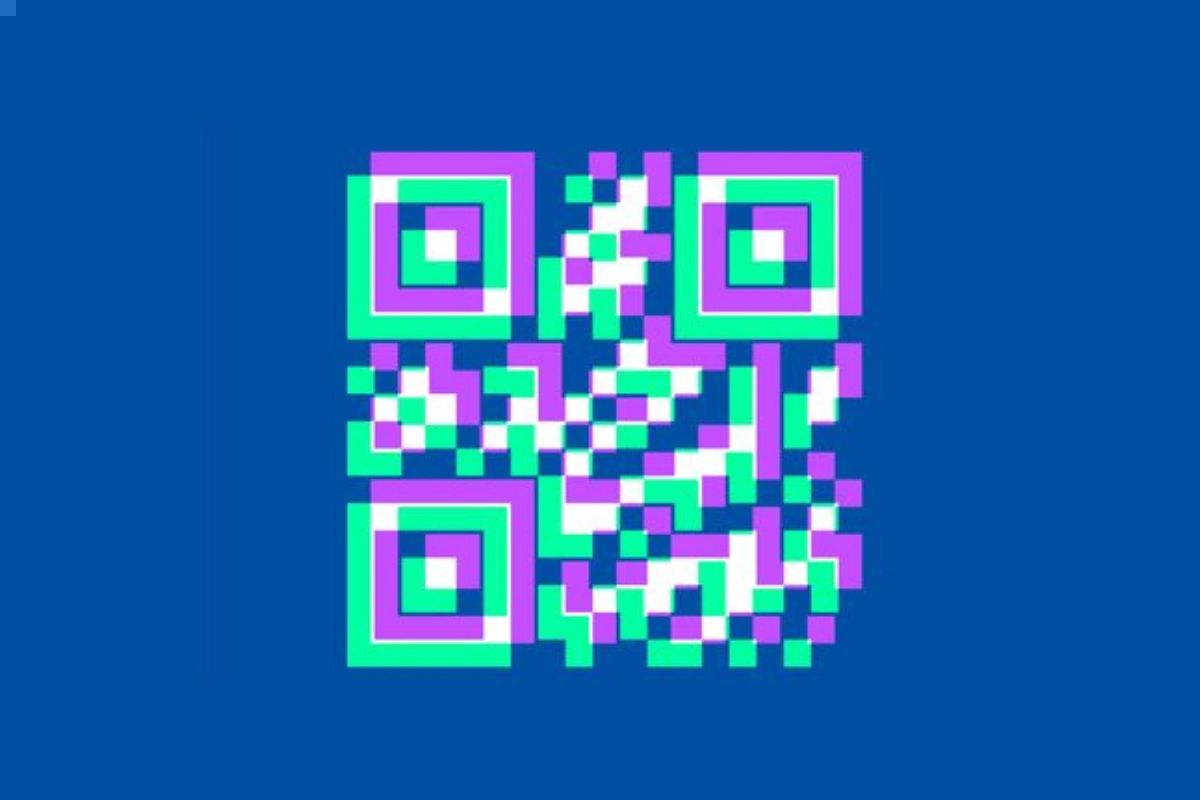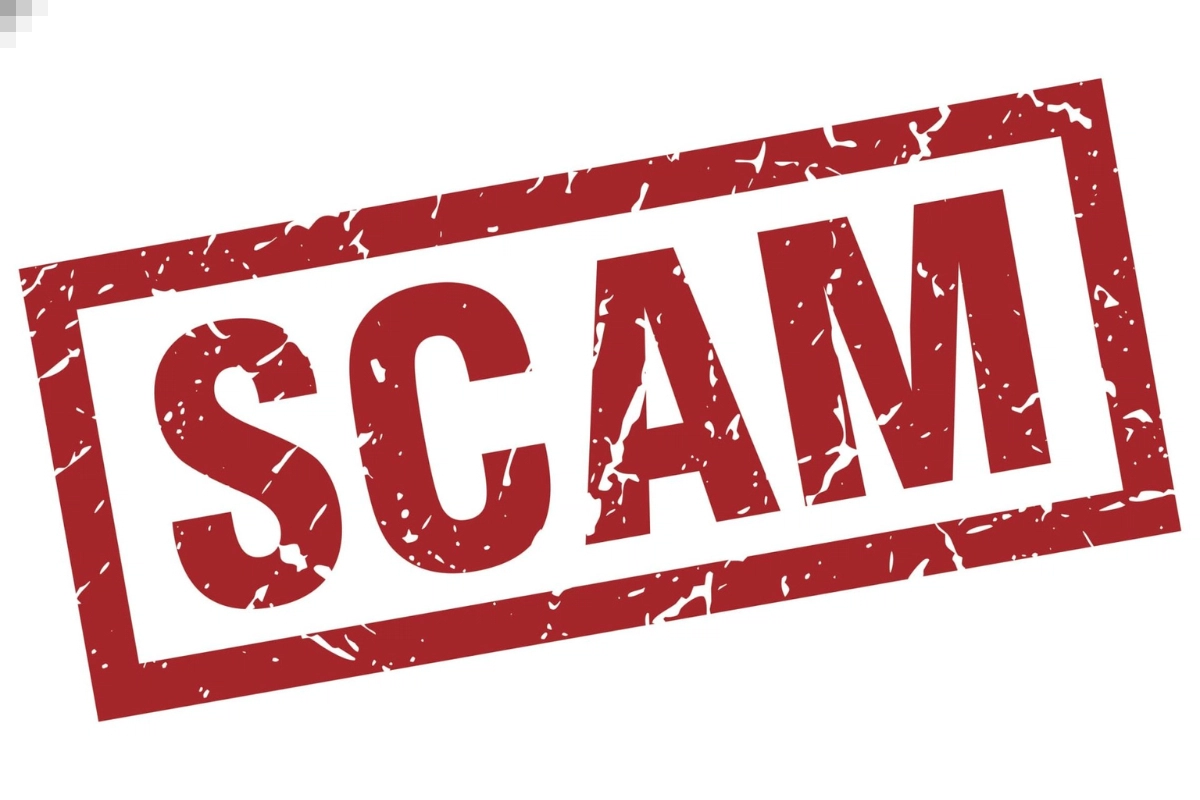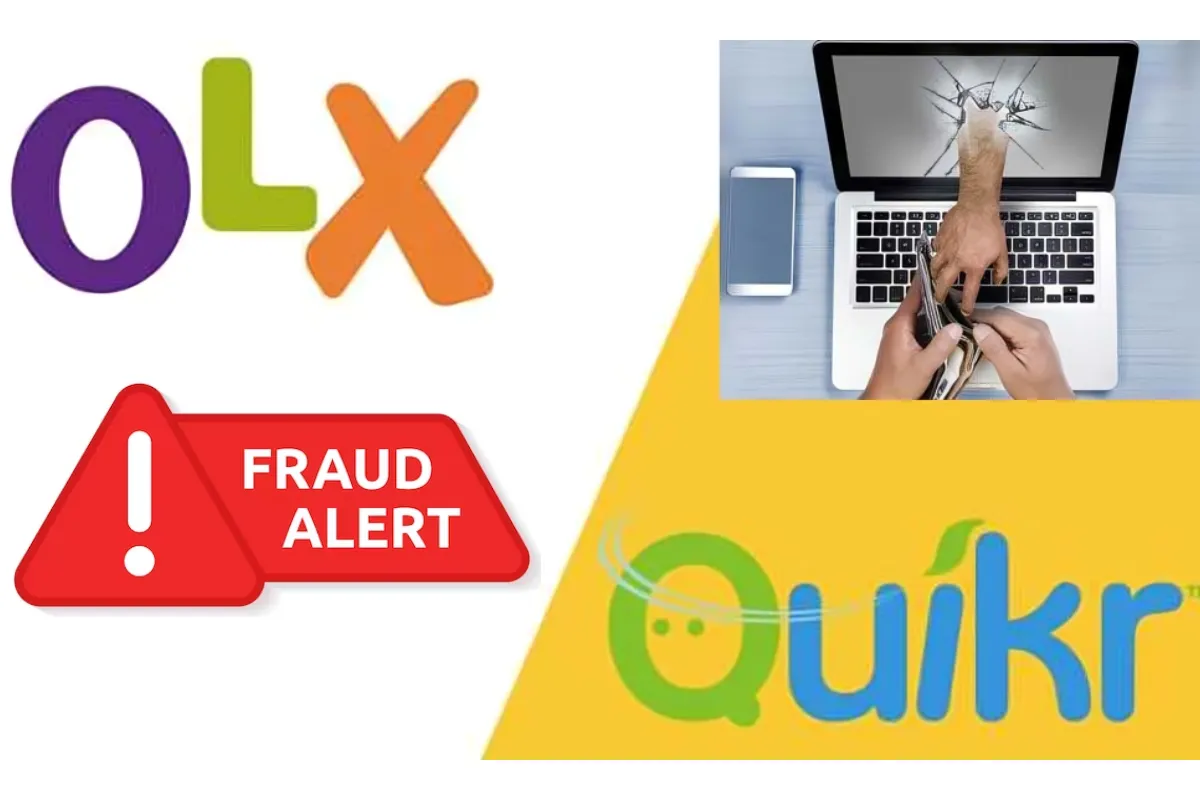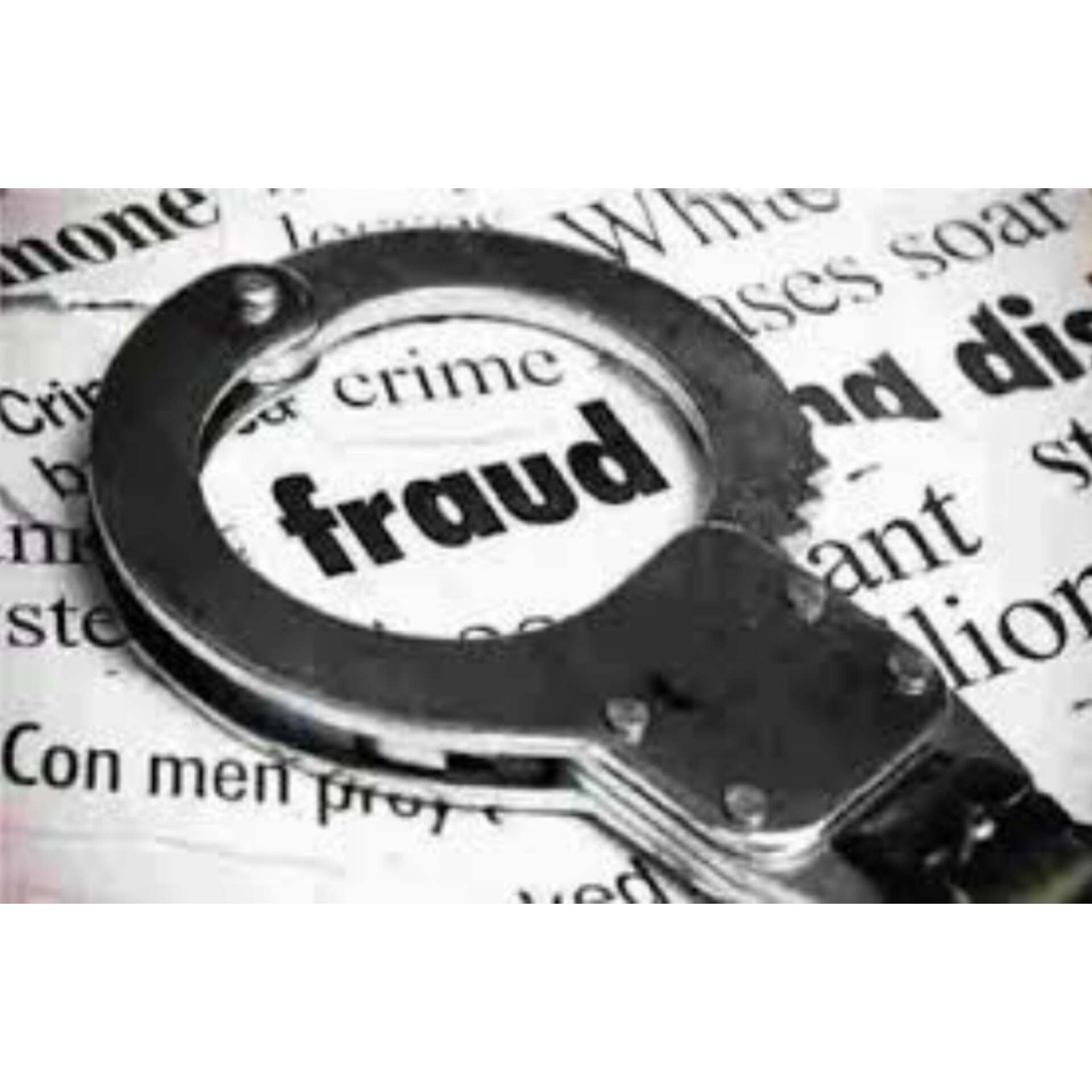QR Code Scams: During the COVID-19 epidemic, QR codes became an increasingly common tool for paying for food and cash exchanges, booking flights, and more. Because these codes can be scanned by our smartphones, they are simple to use and manipulate.
QR Code Scams: What Are They?
Since it is the most popular method scammers employ to deceive people, QR code scams are growing quickly. Within the growing field of digital payments, the emergence of QR code scams presents a serious risk. Because QR codes are so simple to use, scammers take advantage of this, sending people to phishing websites and running the risk of stealing private information.
How do they work?
A scammer will send victims a QR code that looks to be for a valid payment in a QR code scam. They make an effort to convince consumers that a QR code is being used to send money to them. Scammers also instruct the recipient to scan the QR code, input the requested amount, and then input an OTP (one-time password).
It’s vital to remember that giving money via QR codes is more common than receiving it. Consequently, when individuals enter the OTP after scanning a person’s QR code in the mistaken belief that they are getting paid, money is actually taken out of their account rather than the sender’s.
How to prevent such scams?
Avoiding sharing bank account information and UPI IDs with strangers, double-checking online transactions, and being cautious when dealing with dubious QR codes as ways to protect yourself from QR frauds.
Should you be receiving money, never scan a QR code. Instead of receiving money, QR codes are usually used to send it. In the event that you scan a QR code intended to be paid, you can wind up paying the con artist money.
If a QR code appears to be covered by a sticker, do not scan it. This may indicate that there has been tampering with the QR code.












